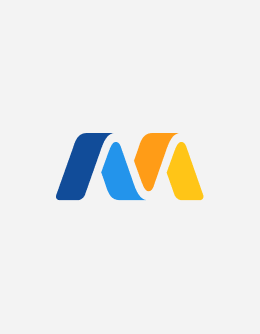Prior to the inception of a formalized national public education system in the mid-19th century, and since the dawn of time, children taught themselves through play and exploration, moving at their own pace…or at least faster than a saber-tooth tiger could run. Kids discovered what interested them and took the time they needed to truly understand it. Early neanderthal children did not all learn how to draw the same animal on their cave wall at the same time so they could socially promote through cave drawing basics alongside their same-age peers.
With the American Industrial Revolution of the 1800s came the shift from children learning through mentorship and modeling what it took to become a functioning adult to the creation of a populace of automatons able to adhere to a schedule, perform the same tasks as their peers at the same rate, and be compliant to directions and expectations from leaders as they prepared to work on factory lines instead of on farms. While the onset of a formal education system did mean the eventual decline of child labor, it also meant a decrease in individualized learning for children.
The one-size-fits-all approach of direct instruction, compliance behaviors, and a focus on completion of tasks in exchange for a grade worked for quite some time. In fact, it worked just fine for many of us when we were in school. For many students, it remains a successful approach to learning. However, the world has changed in the last century, exponentially so in the last decade with the technology boom that preceded the Covid-19 epidemic, which altered the face of education and the workplace forever. The one-size-fits-all approach is now more like one-size-fits-some, and that simply is not good enough for these kids who will adult in this post-Industrial world. Many educational leaders (and students and parents!) in both K-12 and higher education understand that a major change to how we teach and assess student learning is needed.
Competency Based learning (CBL) supports student success by allowing learners to progress at their own pace, focusing on the acquisition of specific knowledge and skills. In CBL, students demonstrate mastery of a topic before moving on to the next one, rather than advancing based on time spent in class or credit hours earned. This approach can be particularly beneficial for students who have prior knowledge or experience in a subject, as they can move through material more quickly. CBL is also helpful for students who may need more time to fully grasp a concept, as they are not beholden to the pace of their peers. Additionally, CBL can provide a more individualized learning experience, as students work on the skills and knowledge that are most relevant to their needs and goals at a pace that works for them.
Method Schools and SmartFox are uniquely positioned to approach the independent study, non-seat based charter clientele from a competency-based approach due to our individualized approach to student instruction. Under a CBL approach, students are able to practice when they need to and produce evidence of mastery when they are ready. No longer are students with prior knowledge required to sit through lessons about topics they already understand. They are given opportunities to practice IF THEY NEED THEM, or they can take an assessment that shows what they know, with the understanding that, if they do not yet know as much as they thought they did, they can always go back for more practice and TRY AGAIN (a concept quite foreign in most traditional education settings).
Schools do not require a virtual setting to implement CBL. Competency Based Education currently exists in 49/50 states, with Wyoming as the only hold out in this pedagogical shift from a task-completion-based education system to one focused on mastery of concepts and skills that maximize student learning, retention, and long term success.
Under a CBL approach, students are taught standards and skills, not compliance under an expectation of speed with the pressure to perform. This is reflected in how they are assessed and graded as well. The goal is mastery, so students have multiple opportunities to show mastery, even if they do not get it the first time it is taught! Educational leaders and researchers support the move toward a competency-based public education system that meets the needs of today’s (and tomorrow’s!) students and rewards them for what they have learned, not for how quickly they learned it.
Rick Wormeli is an educator, columnist for AMLE Magazine, and author of the award-winning book, Meet Me in the Middle. Watch him discuss MASTERY and how it applies to teaching and learning in school.
Donna Vallese is an international best-selling author, instructional leader, and Teacher Whisperer. Hear her explain why our Outdated educational approach needs to be more like riding a bicycle.
Competency Based Education helps address inherent inequalities in the traditional education system. Minimizing the practice of comparing students’ rate of learning, CBL promotes an equitable learning environment that meets the needs of EACH student. To read more about CBL’s impact on equity, read this post from Aurora Institute’s CompetencyWorks blog.
Craig Messerman is a high school science teacher who discusses the Game of School and how a competency-based approach helps students focus more on learning and less on winning the game.
